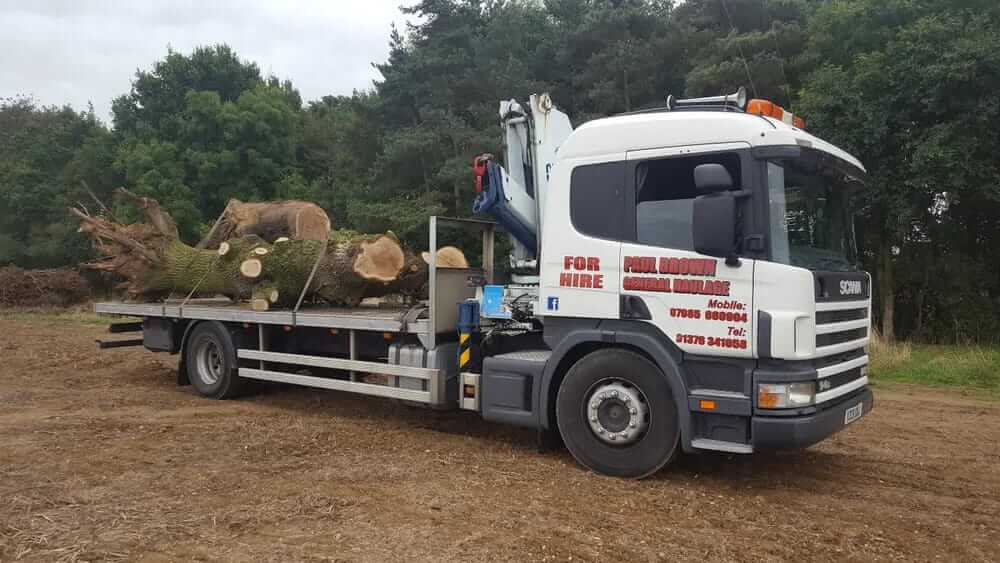Interesting Facts About Braintree
History of Braintree
Braintree dates back over 4,000 years when it was just a small village. People in the area during the Bronze and Iron Ages built houses on the lower part of the town, near the River Brain, known as the Brain Valley. This area was later inhabited by the Saxons, who occupied the town after the Romans left and named the Roman road Stane Street (i.e. stone road), a name it still bears. Most notable road names in Braintree now coincide with names of people who fought for the town, and locals living there, such as Aetheric Road (a notable Saxon nobleman who died in the Battle of Maldon in 991, and subsequently left most of the land of Braintree to the Bishop of London, as well as the land of Bocking going to the Prior and monks of Canterbury), Trinovantian Way.
General Info
Braintree is a town in Essex, England, the principal settlement of Braintree District. It is located 10 miles northeast of Chelmsford and 15 miles west of Colchester. According to the 2011 Census, the town had a population of 41,634. While the urban area, which includes Great Notley, Rayne and High Garrett, had a population of 53,477. The town is twinned with Pierrefitte-sur-Seine, France. It gives it’s name to the towns of Braintree, Massachusetts and Braintree, Vermont, in the United States.
Braintree has grown contiguous with several surrounding settlements. Braintree proper lies on the River Brain and to the south of Stane Street, the Roman road from Braughing to Colchester, while Bocking lies on the River Blackwater and to the north of the road. The two are sometimes referred to together as Braintree and Bocking, and in 1 April 1934 they formed the civil parish of that name, which is now unparished. Braintree is bypassed by the modern-day A120 and A131 roads, while trains serve two stations in the town, at the end of the Braintree Branch Line.





